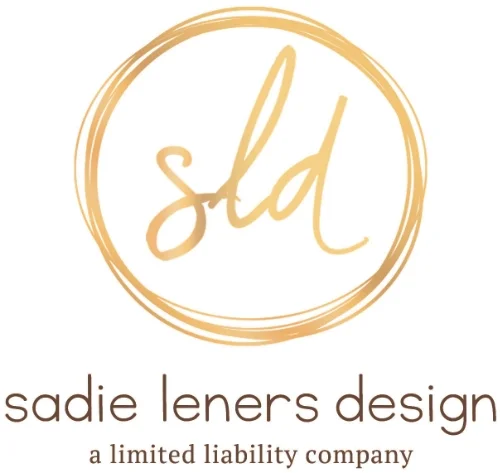Clients often ask me what the most important approach is when designing a home. While there are so many key elements that are equally important, I find that even the best design can fall short without implementing good balance and composition. What’s that you say? Isn’t that a little vague? Allow me to elaborate. I view any room as a whole picture and assess the scale of the room, materials, lighting, color, and textures. If a client desires dark wood floors and dark wood columns and beams, I’ll steer clear of using dark wood cabinets, dark wall colors etc. Instead, I balance out the heaviness of the floors and timbers by introducing painted cabinets and furniture pieces, light and vibrant area rugs, and lighter walls accented with contrasting window coverings.
The same rule applies to lighting. Anyone can stick some chandeliers and wall sconces in a room, but there are so many more layers of light that should compose a room. How much down lighting is there? How much up lighting? How much daylight? Regardless of how many light fixtures you have in your ceiling, if they all point downwards, you could wind up with a dark cave-like appearance within the room. Good lighting composition is vital! I make sure to balance the down lighting with the use of table lamps for a warm ambient light, up-lighting above cabinets, and lighting up walls with sconces etc.
Do you have a really large room with impressively tall ceilings? The scale of what you place in that room is so important! I balance larger-than-usual furniture pieces and cabinets with smaller, modest details. No one wants to walk into a room that has been overwhelmed with giant pieces, nor do they want to enter a hollow cavern inhabited by miniature design elements. The scale needs to be appropriate for the size of the room.
Any designer can slap some paint on a wall, toss some furniture into a room, and flick on a light. They can pick a bunch of ‘pretty’ things without a thought or care as to how all those ‘little’ things compose the larger picture. However, a really good designer uses an editing eye and incorporates balance and composition. They pay attention to how much, wood, metal, glass, stone, fabric, color, and lighting are in the room and artfully blend them to provide you with a truly beautiful result.


